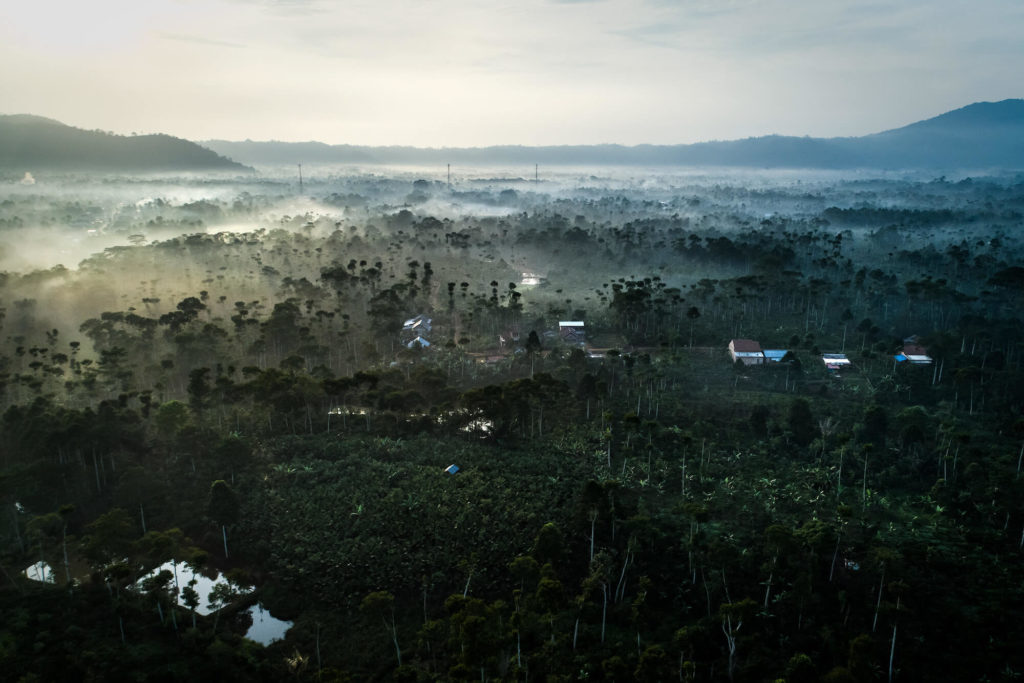Together, forests and farmland cover two thirds of our planet’s surface, providing food and livelihoods for many people around the world. At the same time, conventional agriculture consumes 75% of the world’s freshwater and is the source of roughly 30% of our greenhouse gas emissions. This is not very aspiring when you also consider that the money generated from forestry and agriculture only makes up around 6% of the world’s economic activity.
However, there is much to be gained from better collaboration between forestry and agriculture. Combining trees and farming improves microclimate and soil quality, generating higher incomes for farmers and much more. The forest and agriculture combo is also known as agroforestry, and two global research institutions have been working hard to get the facts on this and similar topics across to decision makers. The International Centre for Research in Agroforestry (ICRAF), also known as the World Agroforestry Centre started in 1978, and the Center for International Forestry Research (CIFOR) was formed in 1993.
Since both of these organisations deal with common challenges, like deforestation, climate change and sustainable livelihoods for forest communities, a discussion about a possible merger has been going on for quite some time. Starting in January 2019, the two research and development giants have started their journey to become one organisation. For the time being, the organisations will continue as separate entities but with shared policies and practical leadership collaborations. Then a new organisation will be created which the other two will eventually merge into.
Tony Simons (ICRAF) and Salina Abraham (CIFOR) came to Stockholm Environment Institute on May 7th to speak about the merger with the Swedish forestry and agriculture researchers and other members of the development community. Joining the meeting were representatives from The Royal Swedish Academy of Agriculture and Forestry (KSLA), the Swedish University of Agricultural Sciences as well as representatives from Sida, SIWI and International Foundation for Science.
The participants expressed a wish to change the approach to how research generates impact. For a long time, the idea has been that research organisations create public goods, like knowledge or seeds, using funding form public sources. However, the amount of money available from governments, or through development aid, for this kind of work is tiny compared to the potential of the private capital.
This is why the idea is to try and change the model where private investments create public goods. To illustrate Simmons and Abraham highlighted examples of businesses providing technical equipment and support to monitor weather changes or soil quality. These investments can help the companies deliver better products, while providing data that farmers or the government can use for planning. This way, more resources can be leveraged and the benefits can be shared among more people, making forestry and agriculture related development projects more attractive.
View the full presentation:
